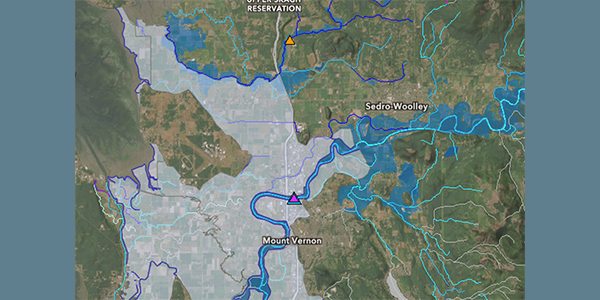By Russel Barsh
Have you ever wondered what causes that bluish green, orange, brown, or white slime on the water? Or whether it is potentially toxic? The Indian Island Marine Health Observatory and Kwiáht have launched a special telephone hotline for islanders to report algal blooms and other unusual marine events and find out what caused them!
It’s called ITOX and is easy to use. Simply call 468-ITOX (468-4869) and leave a voice message with your name, callback number, physical address or location on the island, and a brief description of what you have seen on the water. Local volunteers will return your call, and arrange to pick up a sample. If you have a chance to collect a jarful of the bloom yourself and refrigerate it before you call, there is less risk that a bloom will dissipate before a volunteer can get there.
Volunteers from the Indian Island Marine Health Observatory will examine your sample microscopically, and contact you with a description of what caused your bloom. You should still check the Washington Department of Health Shellfish Safety Hotline at 1-800-562-5632 before harvesting and eating local shellfish.
Nancy Alboucq, Ron Kinner, Margot Shaw and Elly Hoague have been monitoring four sites in East Sound since last fall as part of the regional SoundToxins program, with training and technical support from Vera Trainer and Brian Bill of NOAA. Indian Island volunteers have also begun collaborating with University of Washington researcher Robin Kodner, who studies phytoplankton genomics, and Kwiáht’s Russel Barsh, who is interested in the effects of blooms on fish and marine food webs.
Different kinds of organisms can cause “algal blooms”. The bright green blooms of late spring are often simply single-celled algae related to the seaweeds we find along rocky shores. Algae are generally safe to eat, and many islanders look forward each year to harvesting seaweeds for food. Bluish-green and reddish blooms are usually not true algae, but rather microscopic cyanobacteria or dinoflagellates.
Cyanobacteria are photosynthetic bacteria, and they are often toxic, collectively releasing chemicals to defend themselves against grazing by tiny animals in the plankton. Dinoflagellates are also photosynthetic but behave like animals, swimming with a pair of whip-like flagella, and often engulfing and feeding on other plankton, especially at night when they lose their solar power. Dinoflagellates can produce extremely toxic chemical defenses such as Saxitoxin that causes Paralytic Shellfish Poisoning.
Color is not enough to tell whether a bloom is potentially toxic. Volunteers have identified some of the bright orange blooms seen around Orcas over past two weeks as Noctiluca, a bizarre but relatively harmless large dinoflagellate with a balloon-like float. Noctiluca blooms have been described as “tomato soup”. They pose no threat to humans. But the latest samples collected in East Sound included a needle-shaped organism called Pseudo-nitzschia that can be very toxic. The only way to be certain about the effect on shellfish is to test the shellfish, which the State Department of Health does at a small number of collection sites around San Juan County.
Cyanobacterial and dinoflagellate blooms appear to be on the increase in San Juan County, which is why NOAA has taken an interest in studying them here. Warmer water, a consequence of climate change, may be one cause. Increased human population, with more nutrient-rich rain runoff, may be another cause. “We don’t have all the answers,” says ITOX adviser Robin Kodner, “so we are excited about this new opportunity for community based research.”
For further information contact:Russel Barsh (Kwiáht): RLBarsh@gmail.com
**If you are reading theOrcasonian for free, thank your fellow islanders. If you would like to support theOrcasonian CLICK HERE to set your modestly-priced, voluntary subscription. Otherwise, no worries; we’re happy to share with you.**







